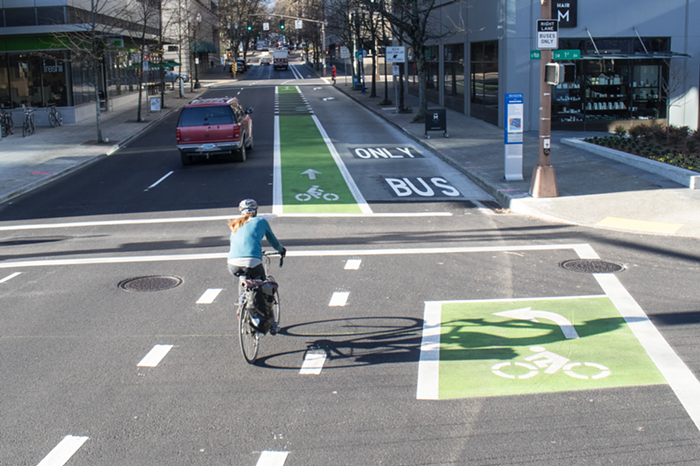I HEARD we all get to buy cannabis edibles soon. How does this work?
Mark your calendar for Thursday, June 2. Those who are 21 and over will be able to buy edibles—and extracts and topicals, too.
You may recall that a few months back, the Oregon Legislature passed an "emergency" raft of weed bills. One of them authorized expansion of the early-start program, under which regular joes have bought flower and plants at medical marijuana dispensaries since last October. Because the early-start program was successful, and because the Oregon Health Authority's (OHA) regulatory infrastructure was close to built out, the legislature said "sure."
Needless to say, there is ample consumer demand for edible pot and extracts. In Colorado, for example, those products account for nearly half of all sales in the adult-use market. And there's no reason to believe Oregon will be much different. Early-sales boosters have argued that these sales should immediately help shrink the black market, which of course is a plus. I am not confident that this can be accurately measured or verified, but I agree, yes, it seems like a plus.
The June 2 date was tagged last week in some OHA temporary draft rules. The rules remain "subject to minor edits," but June 2 as the date is certain. Also certain is the fact that dispensaries will be allowed to sell: (1) one cannabinoid edible containing no more than 15 milligrams THC, per customer, per day; (2) non-psychoactive cannabinoid topicals ("applied to skin or hair") containing no more than 6 percent THC; and (3) one pre-filled receptacle of extract containing no more than 1,000 milligrams of THC. Whether those parameters will hold when the full retail market comes online is anybody's guess.
On June 2, when you walk into a dispensary to buy these things, it will be similar to buying flower or plants. The dispensary is going to ensure you are 21 years old by checking identification, and jot down your date of birth. While that is the full extent of information the dispensary must collect from you, it also must record the date and sale price, and collect a stout 25 percent sales tax. Nothing in the rules prevents insatiable shoppers from visiting multiple dispensaries to repeat this process in a given day. (Please do not say I advised you to do that. And recall that Oregon's generous possession limits still apply.)
These sales through existing medical dispensaries will continue through the end of the year. By then, the recreational (retail) program will be up and running and the sales tax hit will drop to either 17 or 20 percent, depending on where you live. Expect some price volatility between now and then, and for products to come and go as weed processors refine their operations and dispensaries curate their shelves. All in all, it should make for an interesting summer.












